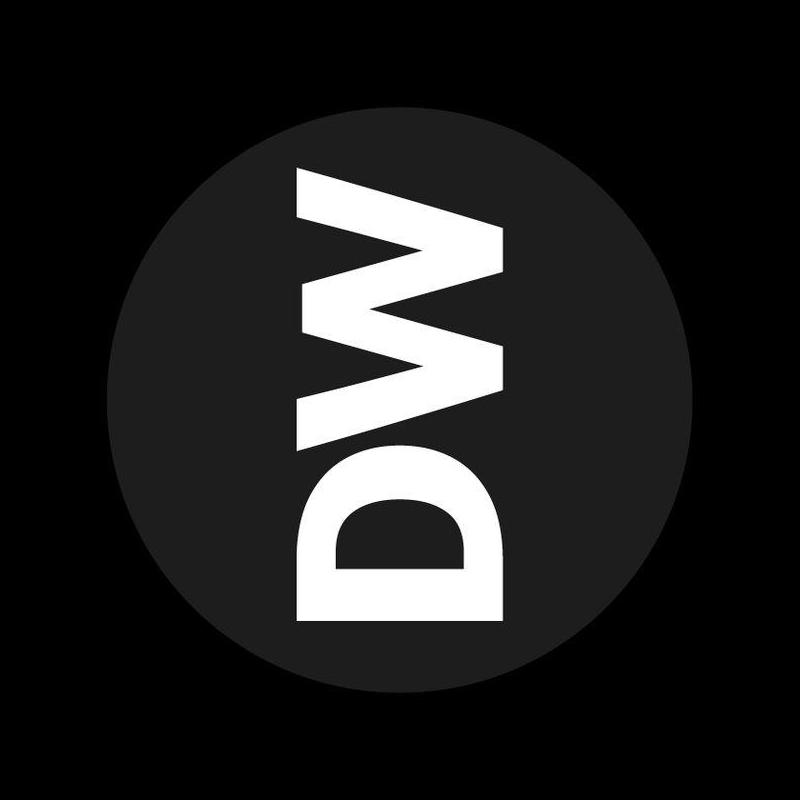


The UK's first design magazine. Bringing you the latest design news, inspiration and analysis since 1986.
www.designweek.co.uk
www.designweek.co.uk
214 people like this
0 Posts
0 Photos
0 Videos



